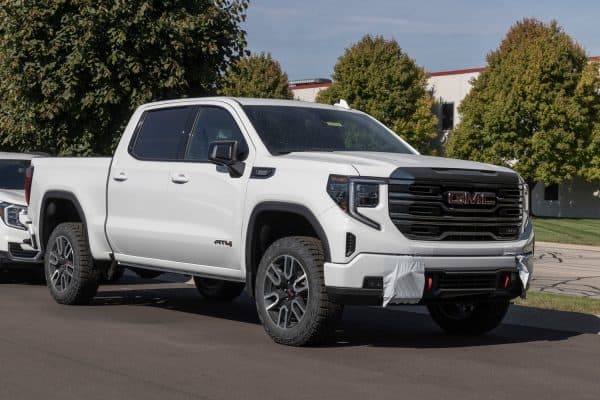You’re looking into purchasing a new truck. But now you’re wondering if a 4WD or RWD model is best for your needs. We researched these two available truck drivetrains for you and here’s the information we found.
4WD trucks usually provide more power than other drivetrains for driving on steep hills and off-road surfaces. On the other hand, RWD trucks generally have the upper hand in providing optimal balance and towing power. So your purchasing decision for your new truck would often depend on your preference and specific driving requirements.
Take note that these drivetrains have other unique pros and cons. So continue reading as we talk about 4WD and RWD trucks in greater detail. We’ll also tackle the other general drivetrains in this post so you can make an informed buying decision.
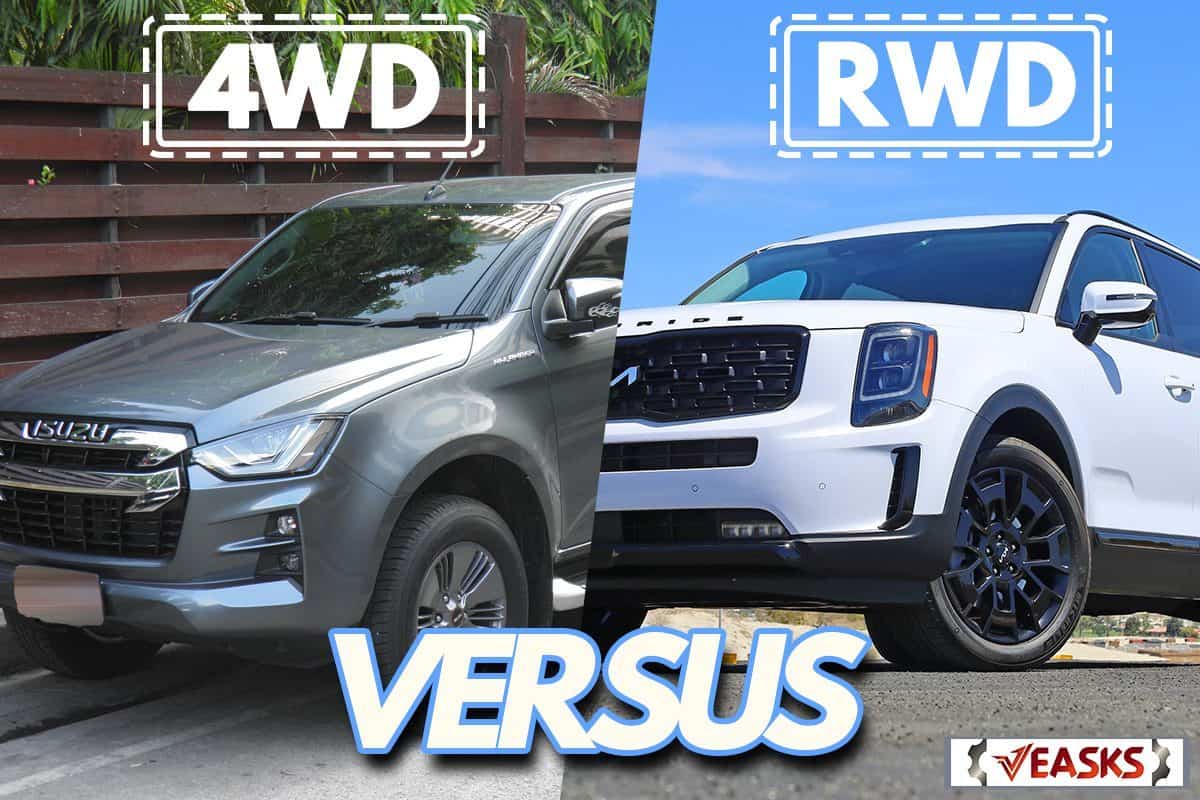
What Are The Four Types Of Drivetrains?
It’s often ideal to understand the different drivetrains before finalizing your purchasing decision for your next truck. The four general drivetrains are:
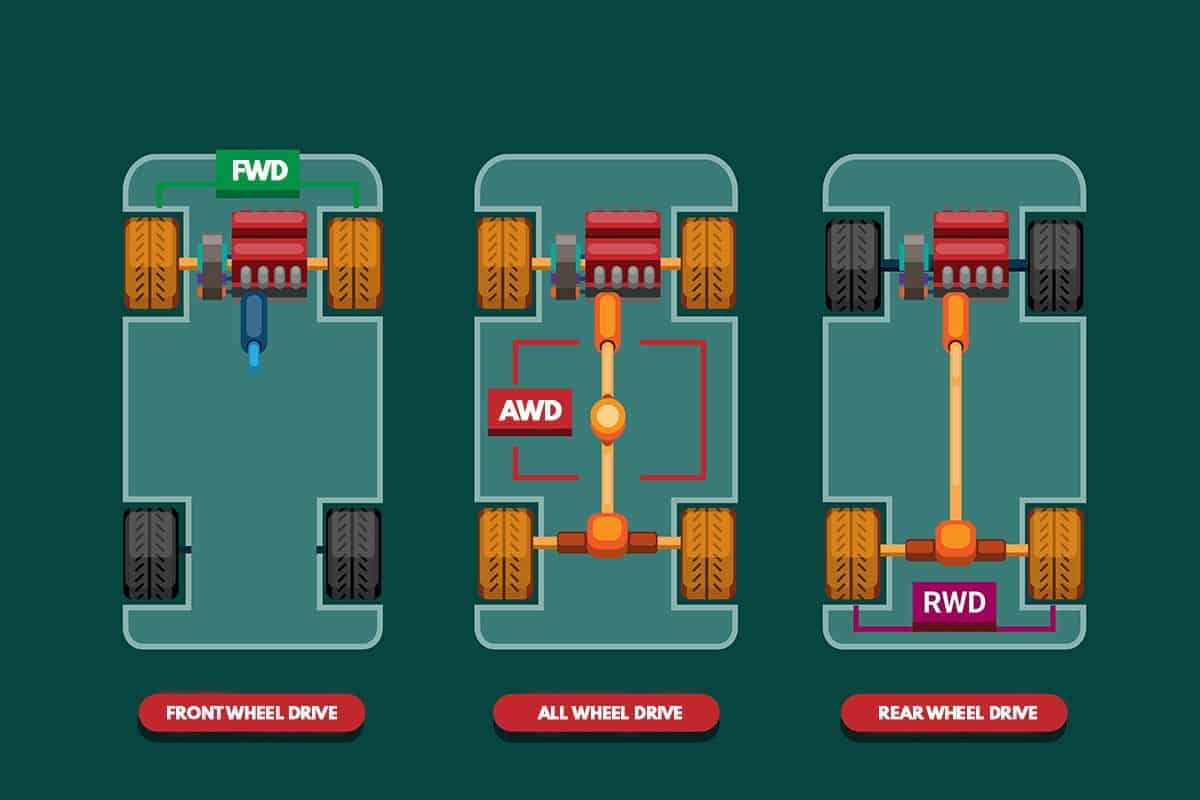
Front-Wheel Drive (FWD)
As its name implies, an FWD truck will have its front wheels that primarily move the vehicle in the preferred direction. It also means that trucks with this drivetrain will have rear wheels that generally function as auxiliary units to help move and stabilize the vehicle.
FWD vehicles, including trucks, are usually excellent choices to use in places with snowy roads. It’s because the front wheel assemblies carry more of the vehicle’s weight than the rear wheels. This design choice typically helps create improved traction on slippery surfaces.
On the other hand, the additional load on the front of the vehicle may make the vehicle more difficult to maneuver on curvy roads.
Rear-Wheel Drive (RWD)
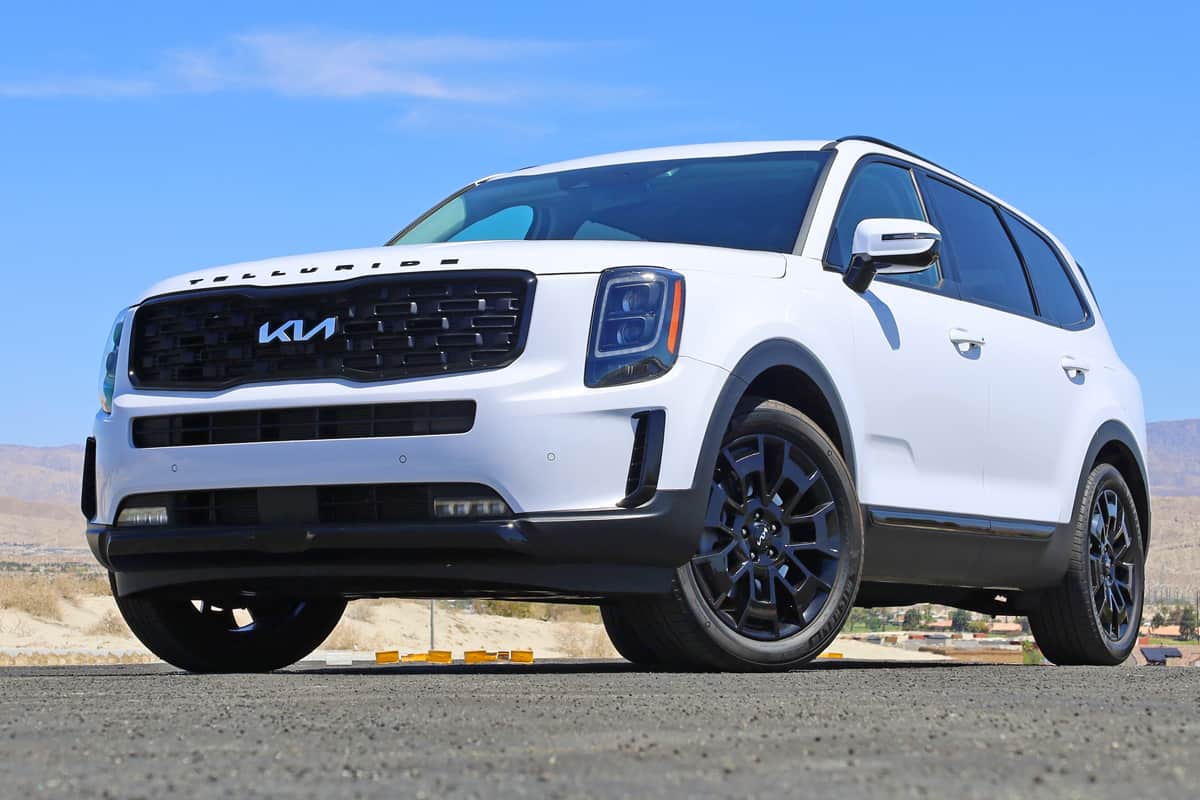
Also deemed by many automotive enthusiasts as the opposite of the FWD drivetrain, RWD vehicles will have their rear wheels supplying the movement. With this power at the back, trucks and other automobiles generally experience better balance as opposed to their FWD counterparts.
However, RWD drivetrains usually have less traction than FWD vehicles. So choosing an RWD truck when driving on a snowy road might not be the best idea.
All-Wheel Drive (AWD)
Although this drivetrain has "all-wheel" in its name, only two-wheel assemblies are usually working to move the vehicle at any given time. That means that drivers may switch between FWD and RWD when needed.
Four-Wheel Drive (4WD)
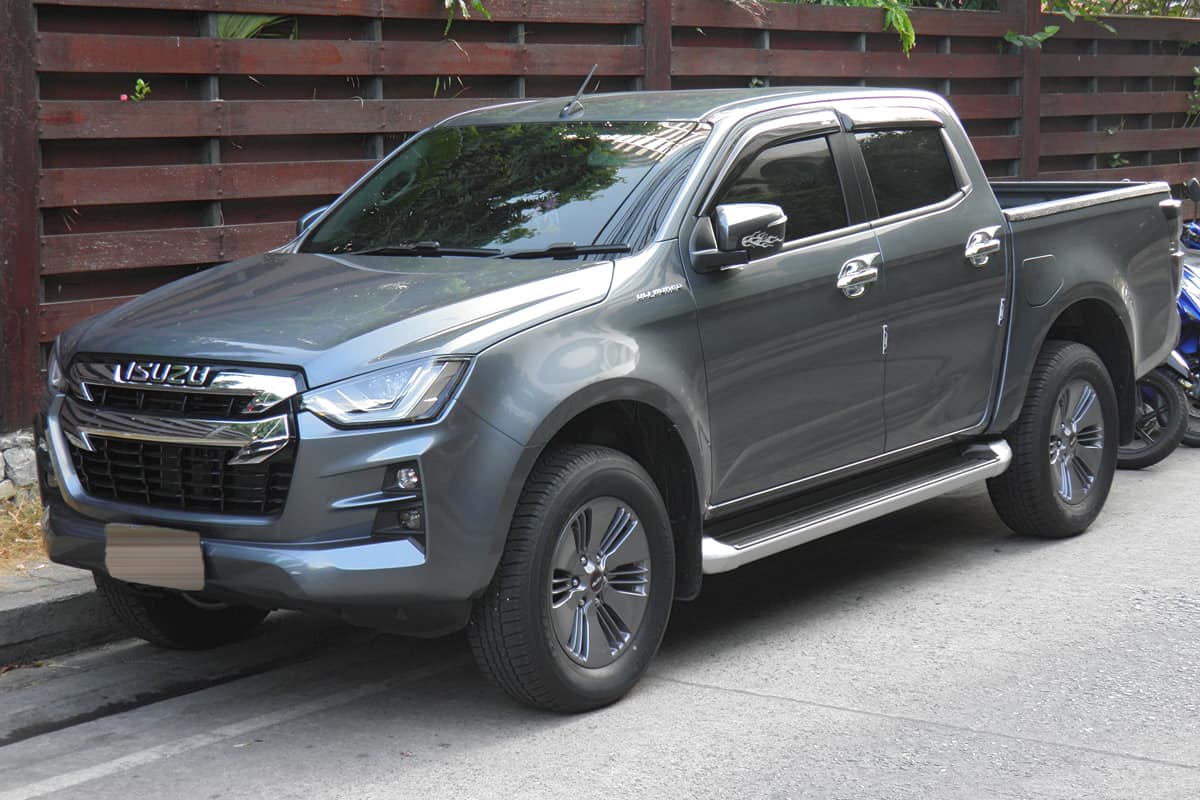
For this drivetrain, all-wheel assemblies on the vehicle are propelling it to move in the preferred direction. Also called the 4x4 drivetrain, this model often supplies vehicles with strength and versatility in both on- and off-road conditions.
Despite the additional power, 4WD vehicles, particularly trucks, may not have the best traction when compared to the other drivetrains. But you can mitigate this problem by switching the tires with models that focus on enhancing surface grip.
Watch this video to learn more about the different drivetrains:
Which Is Better For A Truck: 4WD Or RWD?
Both the 4WD and RWD drivetrains on trucks have their unique benefits and shortcomings. So it often boils down to preference and user requirements in choosing which option is best for their needs.
Continue reading this section to look at the pros and cons of 4WD and RWD drivetrains for trucks:
4WD Pros And Cons
4WD trucks often have the advantage of having more power and traction than other similar vehicles equipped with other drivetrains. This additional strength in carrying trucks generally makes these trucks excellent choices for off-roading or climbing steep hills.
But that extra power also comes with additional costs. Since the truck will use need the additional energy to go through rough terrains, it also means that fuel economy takes a hit. Plus, assemblies and components, such as the tires and wheels, may wear out faster than usual.
RWD Pros And Cons
As mentioned previously, one of the major benefits of using an RWD truck is the optimal balance this drivetrain provides. This trait also translates to improved handling, allowing drivers to feel enhanced control while driving their trucks on straight and curvy roads.
Plus, RWD trucks are typically the better option for towing as compared to other drivetrains. With most of the truck’s energy from its behind, the vehicle can make towing reasonably easy to manage without sacrificing fuel economy.
Also, RWD trucks may have less expensive maintenance fees than other drivetrains. However, truck manufacturers usually stick expensive prices to their RWD models. So you may need to spend more cash for the initial costs of purchasing an RWD truck as opposed to buying a 4WD model.
How Much Does It Cost To Change A Drivetrain?
Replacing a drivetrain usually means changing different assemblies and parts of the engine block. That also means that you may need to pay approximately $4,000 for this job. Still, it’s possible to alter a vehicle’s drivetrain by changing one element of the setup. However, doing so may produce issues that might result in expensive repair costs, along with heightened risks of on-road accidents and injuries.
Is A Drivetrain The Same As A Transmission?
Drivetrain refers to a vehicle’s ability to transfer power from one location to another. On that note, transmission is usually part of the drivetrain. It also functions by helping with power delivery to the correct endpoint.
Is Drivetrain The Same As Powertrain?
Powertrain typically has all the moving parts needed to move an automobile. These elements move as a single unit, supplying the vehicle with the required propulsion. On the other hand, the drivetrain is part of the powertrain.
In particular, the typical elements of a powertrain are:
- Engine: A relatively large assembly that provides the power for the vehicle’s different systems.
- Driveshaft: Functions by sending the torque from the transmission to the wheel assemblies.
- Differential: Controls the speeds of the rear wheels.
- Transmission: Ensures proper power deliverance to a vehicle’s wheels.
- Axles: Sends the power generated from the engine to the wheels and helps in carrying the vehicle’s weight.
Take note that the driveshaft, differential, and axles can also be part of the drivetrain. However, the drivetrain will also generally have universal and constant-velocity (CV) joints.
Are Brakes Part Of The Drivetrain?
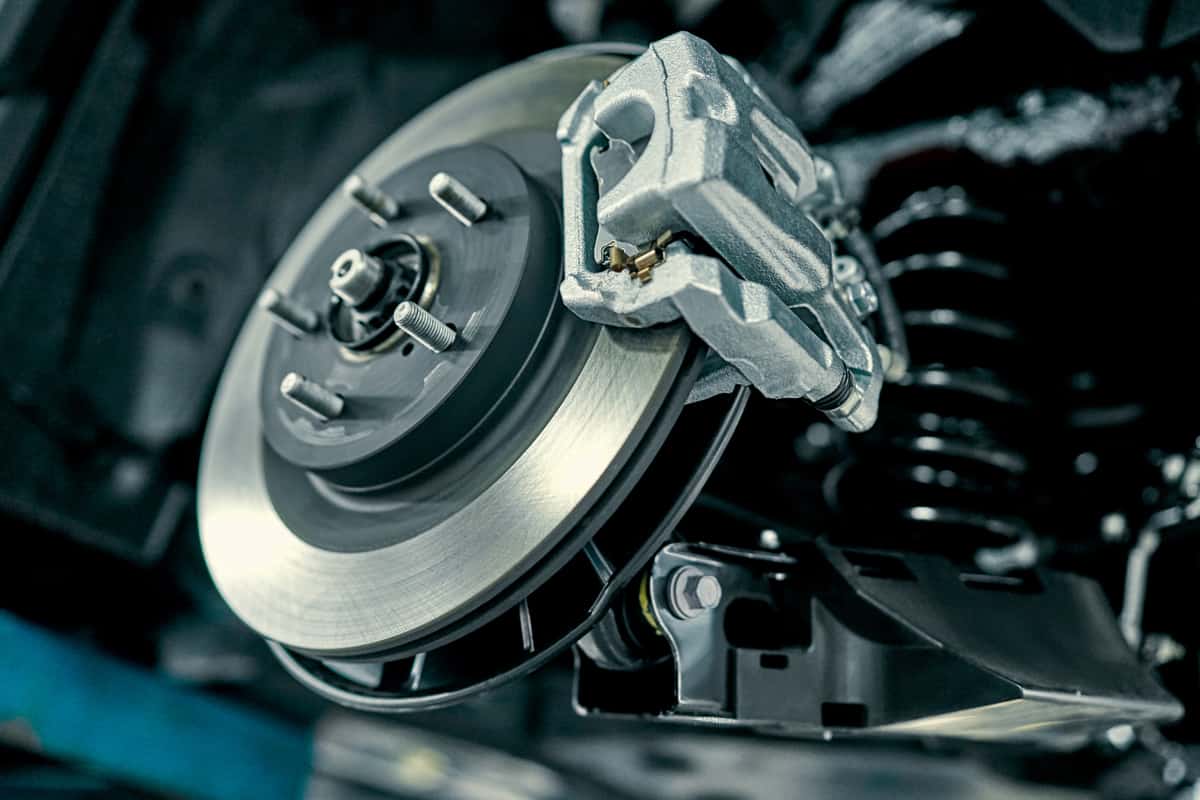
The brakes might be part of the powertrain, but they may not be included in the drivetrain. It might be ideal to call the brakes wear-and-tear assemblies. That also means that the brakes may not be part of a powertrain warranty. So consult with your carmaker if you have questions about your vehicle's warranty.
Check out this truck brake kit on Amazon.
What Does 4D Mean On A Truck?
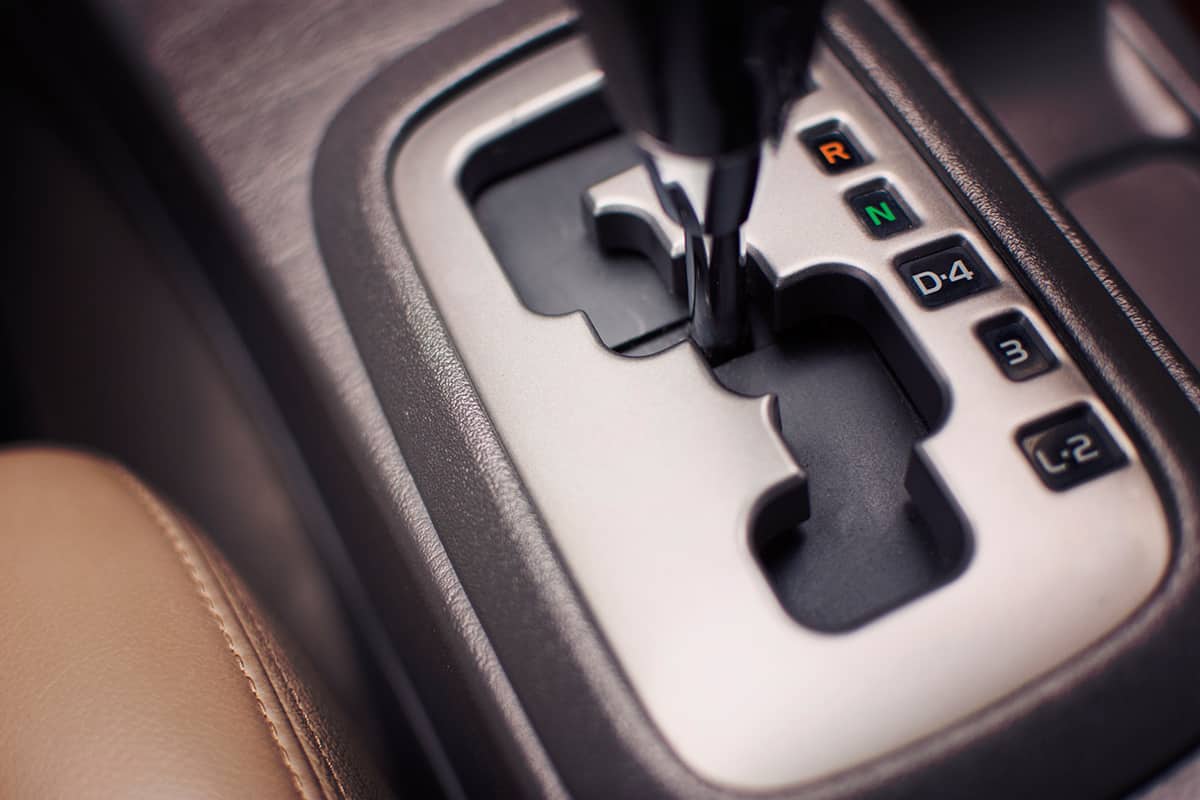
Take note that 4D isn’t the same as 4WD. 4D on a truck means the fourth gear, which you can normally find on the transmission lever or shifter.
Also called the overdrive gear, setting your truck to this option may help produce additional power for the vehicle. That way, you might be able to escape certain sticky driving situations, such as getting your vehicle stuck in the mud.
Final Words
Make sure to understand your preferences and needs before finalizing your decision to get either a 4WD or RWD truck. Take note of the distinct advantages and shortcomings of these two drivetrain options. That way, you can gain excellent value from your new vehicle as it should fit your driving requirements.
If you liked this post, check out these other great reads:


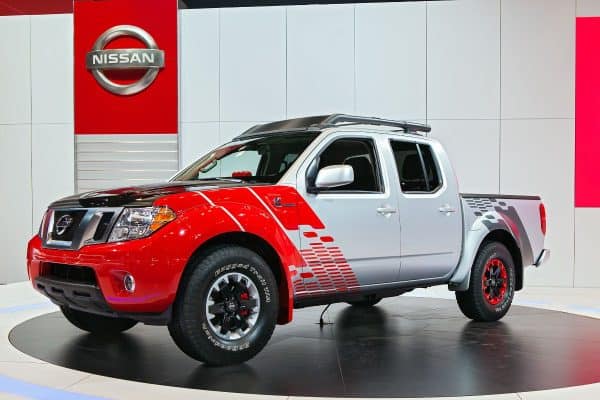
![Portrait of middle aged bearded truck driver standing by the truck and showing his commercial driver license. Focus on CDL license. Truck driving school and job openings, Do You Need A CDL To Drive A Box Truck [By State]](https://veasks.com/wp-content/uploads/2022/11/PORTRA1-600x400.jpg)
